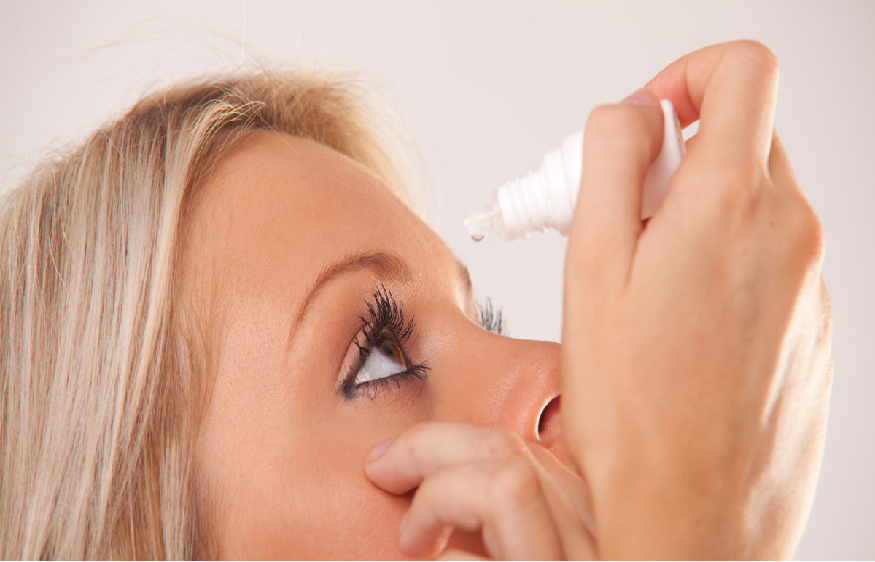Dry eye syndrome, which is characterized by a shortage of tears, irritates the ocular surface and can even damage the cornea and conjunctiva. Know your risk factors and available treatments.
The syndrome dry eye, also known as dry eye or disease keratoconjunctivitis sicca, is a disease caused by multiple causes characterized in that the eyes cannot produce enough tears, resulting in an alteration of the tear film covering the ocular surface.
This causes more dryness and irritation at this level and can even cause damage to the cornea and conjunctiva. The new consensus DEWS II, a document in which 150 ocular surface specialists from 23 countries have collaborated, has defined dry eye syndrome as “a multifactorial disease of the ocular surface” in which the nerves’ preponderant role corneal sensitivity. “
The tear film that covers and lubricates the ocular surface comprises three layers, which from innermost to outermost are: the mucous layer, the aqueous layer, and the lipid layer. For the production of tears, the interaction between several structures is necessary: the lacrimal glands, the eyelids, and the ocular surface. Together they make up what is known as the functional tear unit so that the dysfunction of any of its components can lead to dry eye disease.
Dry eye prevalence
Although the prevalence of dry eye is unknown, it is estimated that between 5 and 30% of the population suffer from it, being more frequent in the elderly and women. This syndrome is one of the main reasons for consultation in ophthalmology since up to 30-35% of talks may be related to this pathology.
Its diagnosis is not entirely straightforward, as there are no well-defined diagnostic criteria nor an analytical or imaging test to confirm its existence. The dry eye diagnosis is based on symptoms and a compatible physical examination and the results of different diagnostic tests when these suggest this disease’s presence.
Since most of the time, the specific cause that produces it is unknown, there is no curative treatment. What is done is a symptomatic treatment, which seeks to alleviate the symptoms, the treatment of choice being the use of artificial tears.
Types of dry eye syndrome
- The dry eye syndrome can be divided into two main groups:
- Dry eye syndrome due to a decrease in tear production :
- Sjögren’s syndrome: Sjögren ‘s syndrome is a chronic immune disorder of unknown cause, which is defined by the association of dry eyes (xerophthalmia) and dry mouth (xerostomia), the latter being the most frequent symptom.
- It is produced by a decrease in the exocrine glands’ secretion, which has non-hormonal substances with a specific function. Among many other things, Sjögren’s syndrome has inflammatory infiltration of the lacrimal glands, thus triggering a decrease in tear secretion. It mainly affects middle-aged women.
- Sjögren’s syndrome can be primary or appear secondarily due to systemic diseases such as rheumatoid arthritis, lupus, or scleroderma.
Causes of dry eye
Although the causes of dry eye are not usually known, risk factors that can cause this syndrome include:
- Age: the secretion of tears decreases with age, making this syndrome more common in older adults.
- Female.
- Hormonal alterations, mainly the decrease in estrogens.
- Systemic diseases, such as Parkinson’s disease, diabetes mellitus, or Sjögren’s syndrome.
- Use of contact lenses: contact lenses cause an increase in tears’ evaporation, which favors dry eyes’ appearance.
- Drugs: the use of medications such as amiodarone, antihistamines, anticholinergic drugs, isotretinoin, estrogens, or nicotinic acid, increases the risk of suffering from this disease.
- Eye surgery, especially one that affects the cornea.
- Environmental factors: pollution, low humidity environments, excessive heating, or air conditioning favor an increase in eye dryness, further exacerbating the symptoms produced by this syndrome.













